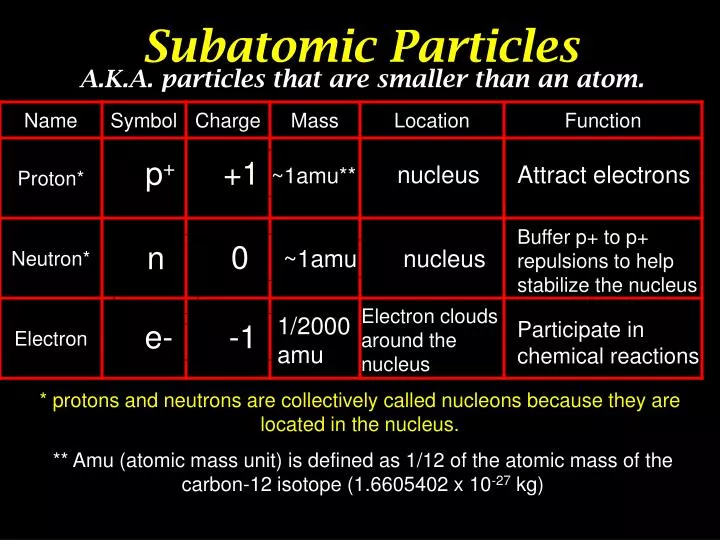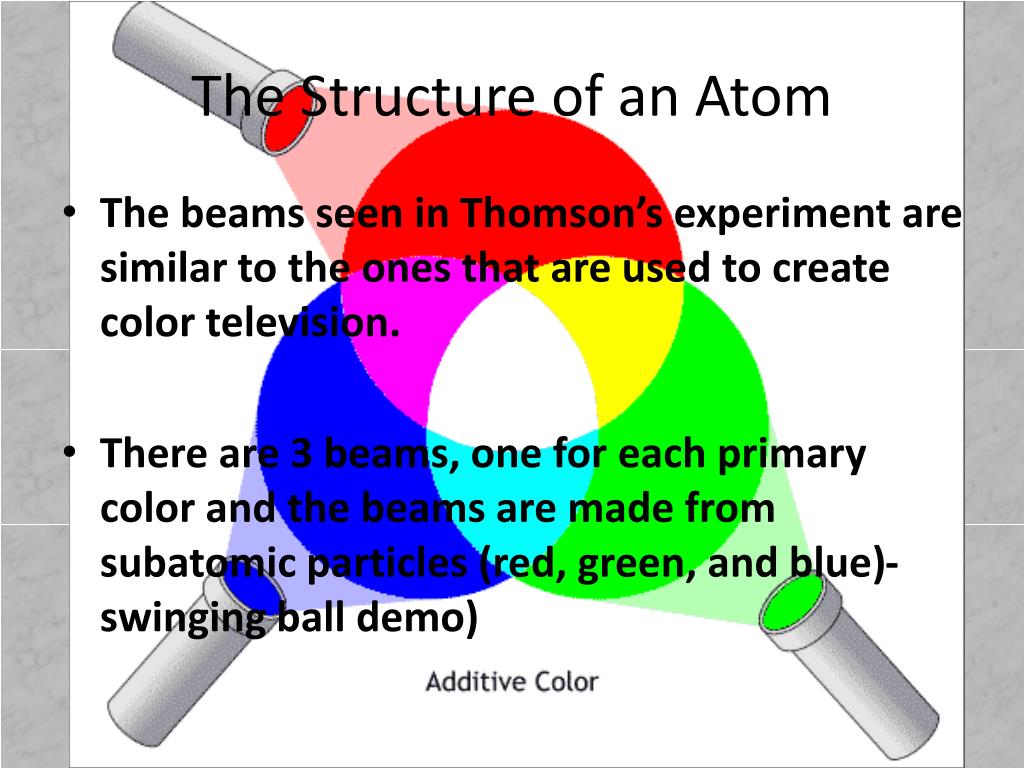

Click on the links to get more information.įind all prizes in | physics | chemistry | physiology or medicine | literature | peace | economic sciences | all categoriesĪlain Aspect, John F. We’re here to serve you and make your quest to solve crosswords much easier like we did with the crossword clue Subatomic particles. This means that a total of 221 individuals have received the Nobel Prize in Physics. John Bardeen is the only laureate who has been awarded the Nobel Prize in Physics twice, in 19.


Other particles exist as well, such as alpha and beta particles (which are discussed below). The Nobel Prize in Physics has been awarded 116 times to 222 Nobel Prize laureates between 19. A typical atom consists of three subatomic particles: protons, neutrons, and electrons (as seen in the helium atom below). The modern quantum atomic theory of the atom states that all atoms have three fundamental parts (or subatomic particles): protons, neutrons and electrons. Name the three subatomic particles in the atom & represent them symbolically showing the mass & charge of each. Header Search Submit a search term Allows users to submit a search term


 0 kommentar(er)
0 kommentar(er)
